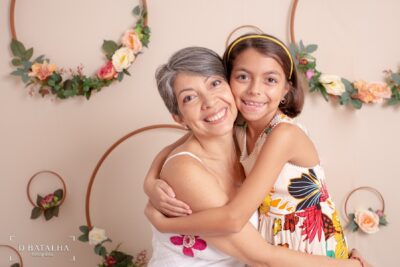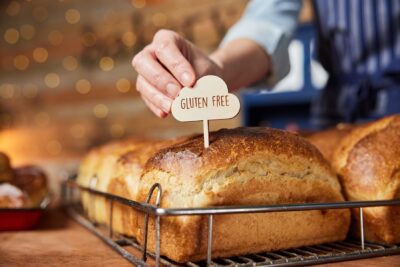Guest blog by Sandra Sachs
When most people hear about adults wanting to go vegan, they are usually not too keen with the idea, saying it is restrictive, too hard, or even that they could never do that. Now replace that equation with that of a child wanting to go vegan, it’s almost like stirring the hornet’s nest. Everyone you know becomes a certified physician, nutritionist, nurse, and most likely, they all know much better than you, about your kid’s health.
How do I know this? Nine years ago I embarked on a vegan journey with my then 4-year-old daughter, Brunna. I lived through all the ups and downs and we are both still thriving as vegans today. I’m not going to lie and say it was easy back then, but I can say now it was the best decision we ever made. Here’s our story and hopefully it will encourage more parents to acknowledge their kids’ desires or wishes and make this conversation a lot easier.
A Little Bit About Me: The Mom
I was born into a family of European descendants in São Paulo, Brazil. Although all our meal courses revolved around meat, we always had vegetables and a salad at the table. We had what was considered a healthy and well-balanced diet, at the time. My all-time favorite foods were mashed potatoes, tomatoes, and corn. I loved fruits, except for mangoes — go ahead and judge me! I pretty much ate everything my parents offered me except for a few things I never had the courage or desire to try, such as oysters, bacon, and the unrecognizable meat in a feijoada. Besides those I also refused to eat what I considered “cute animals” and those included rabbits, ducks, frogs, quails. I’m not sure what made them stand out to me at the time, but hey, there was a little bit of compassion involved.
In my late twenties I decided to cut out meat from my diet and see where that took me. I managed to stay on course for a few years and fell off the wagon when I went on a business trip to Denmark where, at the time, vegetarian options were basically non-existent. Although I managed to stay away from “red meat” a while longer, I eventually ate it once in a while.
In my 30s I was basically vegetarian during the week and ate meat on weekends and holidays. The occasional barbeque with friends to which I always brought eggplants, zucchini, and pineapple to throw on the grill. Fondue nights where I’d bring the carrots and broccoli. I was that person and the mockery from everyone came along with the package.
I became pregnant at 34 and at the time, my OBGYN told me to stop all the fuss with my eating habits and go back to eating a regular diet, since it was my first pregnancy, and I should not play around with my baby’s nutritional needs. Not knowing any better, and following doctor’s orders, that’s exactly what I did. There was one exception though. She told me to stay away from dairy since cows’ milk could possibly lead to a milk allergy in the future for my baby. For nine months I ingested goats’ milk, sheep’ milk yogurt, and buffaloes’ milk cheese. Spoiler, my daughter developed cows’ milk allergy (CMA), also called cows’ milk protein allergy, within a few months after being born.
And that’s when her story with food begins.
It Started With An Allergy
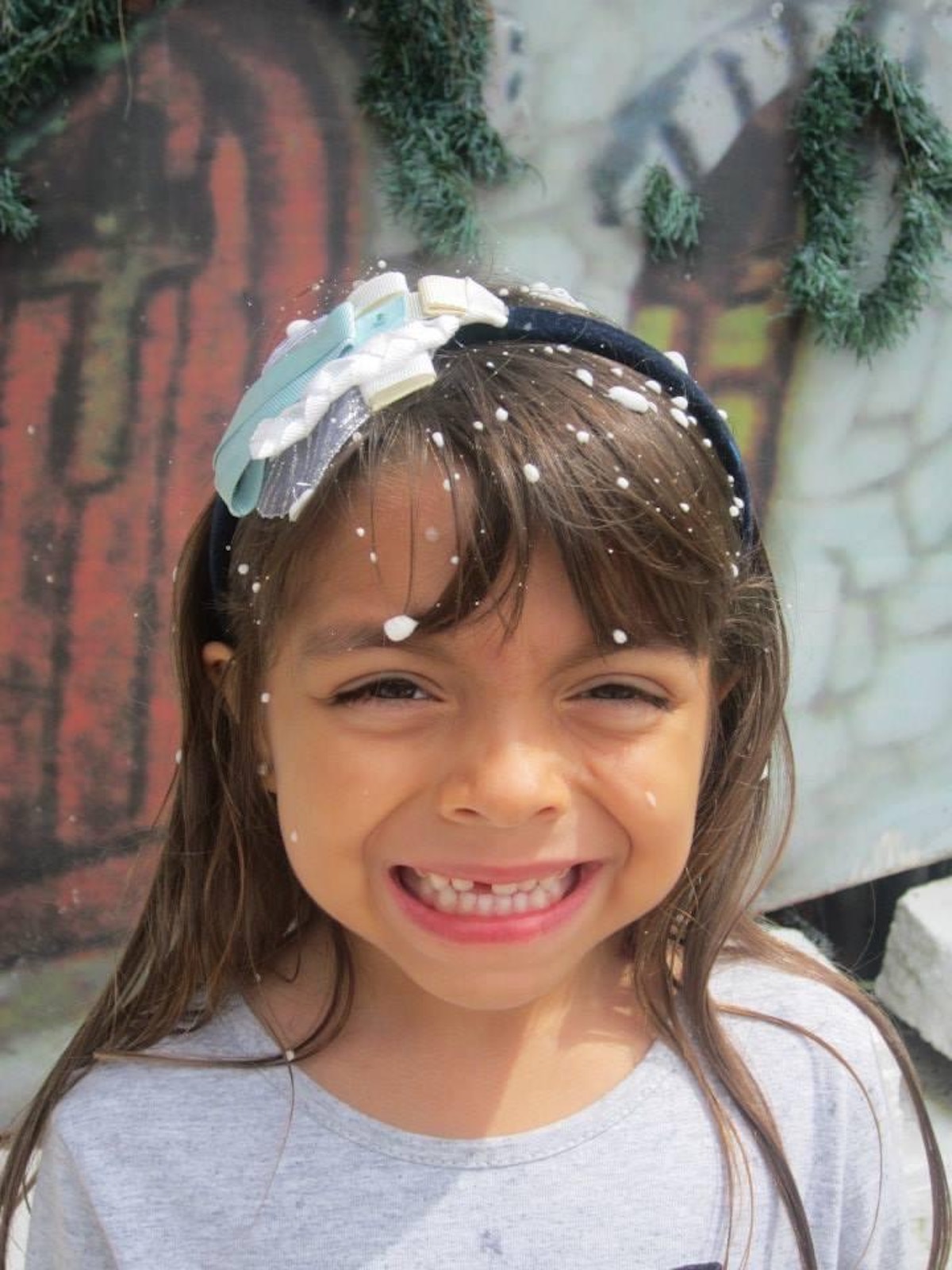
Due to her allergies, she was always told what she could or couldn’t eat, and we kept a close eye on her, especially outside our home. There were episodes of people giving her yogurt or other dairy products by mistake or because they just believed it was okay to do so. Situations that could have been avoided but I had to deal with the outcome which included respiratory difficulty, skin rash, vomiting, and occasionally passing out. The whole family, friends, and school had to be oriented and trusted to be on board with us. I would leave dairy-free options for her at her grandparent’s houses and make sure the school’s kitchen was stocked with dairy-free products, which I brought over to them on a weekly basis.
She was always a very curious kid and wanted to know everything. One night at dinner, she asked us what she was eating, to which we just responded “beef”, not giving it a second thought. She then asked “What is beef?” I took a deep breath and answered her “It’s cow!” Silence at the table for a few seconds until she blurted out “I am never eating cow again!” She was only 18 months old. I can honestly say that it was a wake-up call for me. I was feeding my daughter a chopped-up cow, calling it another name, and she connected the dots and figured it out! She could taste meat from miles away. One time restaurant orders got mixed up and she ended up with the bolognese sauce, she took a bite, spat it out and said, “There’s cow in here! I don’t eat cow!”
Now Chickens, No Fishes, No Cheese, No Eggs
Fast forward to when she was three. During class at school, they were studying the food pyramid and how animal protein is at the top and it was then she learned that poultry was chicken. Here in Brazil, when a chicken is cooked, he or she is referred to as poultry and no longer a chicken. That afternoon, she got home and while talking to her about how her day at school went, she burst out crying saying that I wasn’t going to believe what she had learned at school. “Mom, poultry is chicken! People eat turkeys also! I am never eating any birds ever again!” I went along and acted just as surprised. Poor chicken! (Did I mention that she had a really close friend that had a serious contact allergy to eggs, and so that she could be with her friend and not cause her any allergic reaction, she gave up eating eggs a few months prior to the chicken occurrence.)
January 15, 2014. We were having lunch by the pool, during summer vacation. Grilled fish with rice and vegetables. She took a last bite of her lunch, turned to me and said “Mom, eating this fish makes me sad. I don’t want any more animals having to suffer or die in order for me to live. I don’t want to eat anything that comes from animals anymore.” To which I responded, “Ok, let’s see how we can make that work, and count me in on your decision.” At the time I was a vegetarian/pescetarian myself. I had stopped eating all other animals at the same time she did. We got back home and she started clearing out the pantry and the fridge — tuna, cheese, eggs — which I still ate, and had me take them to my parents’ house, since we were no longer going to eat those.
And that my friends is how I met veganism.
Welcome to The World of Veganism
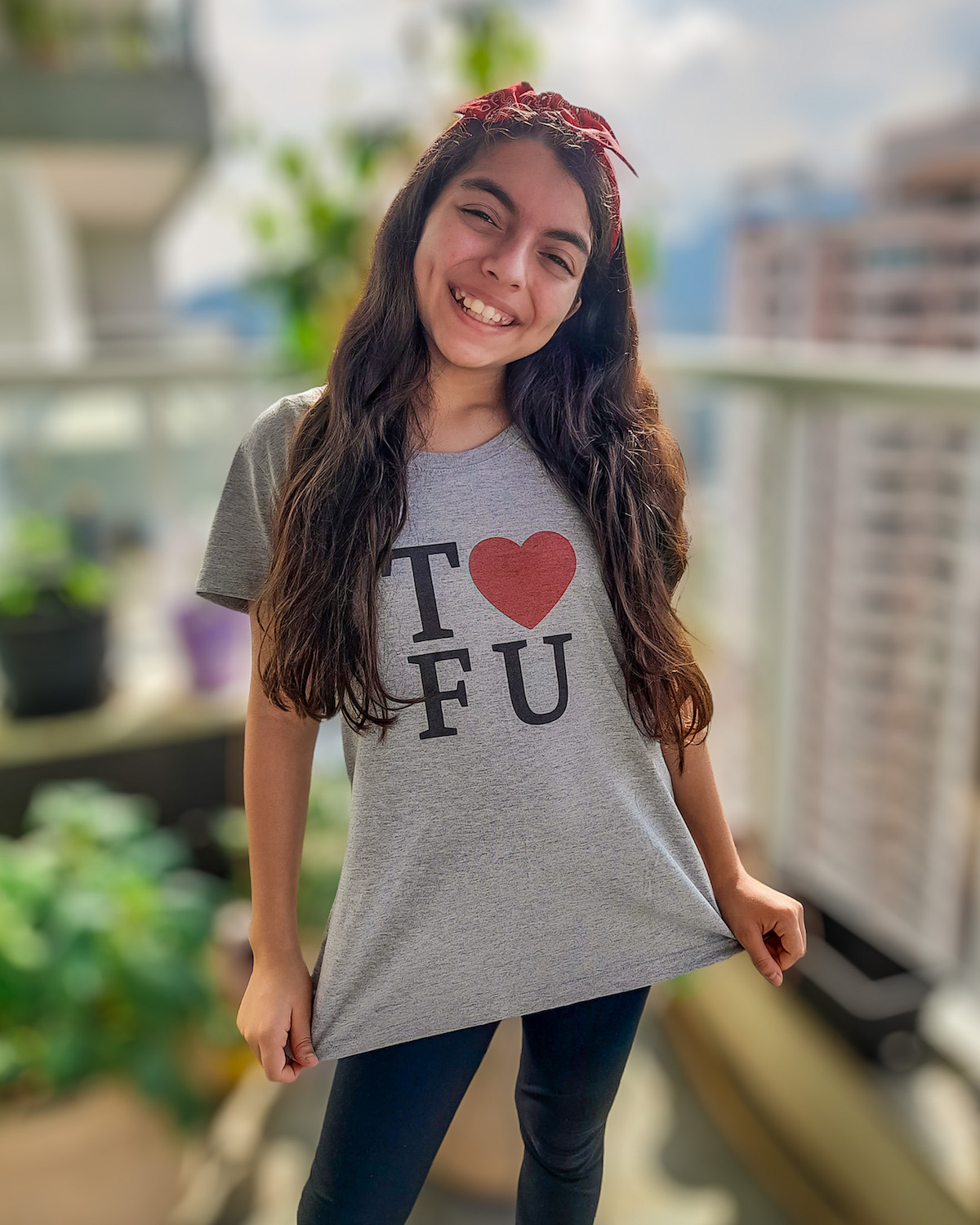
Besides not having anyone I knew who was vegan, people just didn’t understand our decision. Especially mine, allowing my four-year-old to make that choice. It was most certainly something I said to her or convinced her to do it. There’s no way a child so young can have that kind of conscience. I was crazy. She was going to get sick. After all, what do you eat?
While at home, things were certainly easier. I learned new recipes, we cooked together, we learned about new ingredients. We made some funky tasting food as well as great food. The problem was when we went out. There were no vegan options. At her school cafeteria, her only option was a bag of chips. At birthday parties, there was popcorn. So a new trick had to be learned. Either we eat before we go out or we bring our own vegan lunch pack. Things have changed, in the past nine years ago, but we still eat beforehand or bring a snack if we’re going to a non-vegan-friendly outing.
Regarding our clothes and shoes made of leather or silk, cosmetics and cleaning products, we decided to keep using the ones we had at the time and to buy vegan and cruelty-free options when they ran out. It was easier and made more sense for us to fade out from those products rather than throw them out.
It was also talked about at home that we don’t make funny or grossed-out faces to what is on our friends’ plates or whether they use non-vegan or cruelty-free products. We made the decision to go vegan and if we wanted them to respect our decision we had to respect theirs.
She has never been left out of any kind of event for being vegan. Whenever there was an event at school, I made sure to send her a vegan alternative so she could participate in it along with her classmates. Only one time she was left out and had to watch her school friends drink milkshakes. The school forgot to tell me about it beforehand and she didn’t even know what a milkshake was. Later that evening we had our own vegan milkshake fest at home.
I did a lot of research on vegan nutrition and watched documentaries, and we continuously have all of our exams checked by my doctor and her pediatrician. We have never been healthier.
When she was 7 she began giving speeches at vegan fairs about what it was like being a vegan child. It was around that time we created a social media account where we would post about facts about veganism, and show that a child can be healthy and live a perfectly normal life being vegan.

A lot of mothers and even children contact us via social media wanting to know more about going vegan. The main questions revolve around why we became vegan, how I got her to go vegan — this one came from a vegan mom whose kid still ate meat — to which I responded that it was my kid who veganized me!
The main thing I tell parents is to listen to your child. Try to understand where they’re coming from, why they want to make the decision to avoid animal products. And to the children, talk to your parents, do research together, watch a documentary with them, try to make a new recipe together.
Children are embedded with a lot more compassion than many of us adults. So when a child understands that hurting an animal is wrong, they are more likely to be, consciously or not, impacted by that information and make a decision to end the cruelty. That decision most certainly comes from their heart and it can’t be imposed.
The theory that a child would most likely bite into an apple rather than an animal if given a choice is proof of that. Let me take you back in time for some conceptual facts.
Let’s Take A Stroll Down Memory Lane

Apart from mama and papa, Brunna’s first spoken words were Kin and Caié, the first referring to our late dog Anakin and the latter, the Portuguese word for alligator which is Jacaré.
Her favorite books, cartoons, and movies were about animals. and as we all know most of these medias teach young kids that animals should be loved and taken care of. Most animation movies humanize animals in order to make that connection even greater.
Almost every child in the world is a huge fan of the world’s most famous mouse! We all cried when the baby lion’s dad died. When the baby deer’s mom died. When the clown fish got separated from his dad. When the bull didn’t want to kill the matador. You get the point, right?
My daughter was no different. She was most certainly amazed by animals, whether she saw them on the screen or in real life. At the time she was born our dog was six and it was love at first sight for both of them. Her connection to Anakin was so strong that he was the reason she started walking so early at eight months, she needed to be with him at all times. So one day she just simply took her first steps following him when he walked by her.
Her favorite on-screen animal was the crocodile who terrorized a certain pirate. She fell in love with dinosaurs at a very young age and what really concerned her was knowing a meteor killed them. She went to a zoo once and hated every second of it because the animals were in cages. She cried when the extraterrestrial left his friend on Earth and cheered on the orca as she jumped for freedom.
Compassion At Our Cores
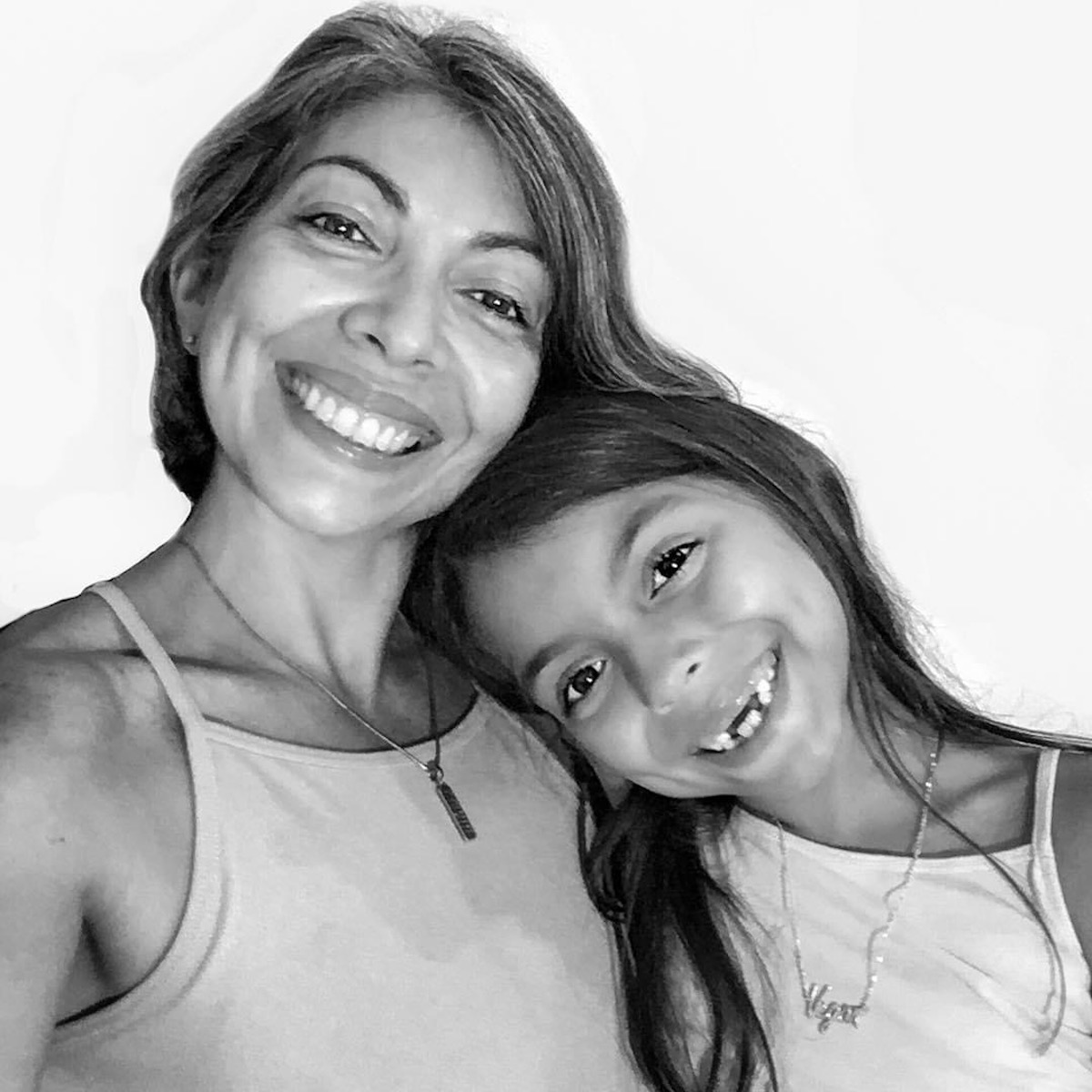
Compassion is in every child’s core! When we grow older we somehow lose that feeling and become somewhat numb to the horrors involving animals and accept it as part of life — or death if you’re a farmed animal. By giving our food names that create a distance to the actual animal, we are able to disperse the guilt, saying it’s tradition, and that we’ve always done things that way corroborates with the never-ending excuses for why we should exploit animals.
A four-year-old made me reconsider all that I ever thought about my relationship with food and especially animals, and I thank her every day for doing so. We now advocate in favor of veganism, volunteer at animal shelters, and do whatever is in our reach to teach people about veganism and share a bit of our story with everyone. The information is available to everyone, what you do with it is up to you. Go vegan!

Sandra Sachs has been vegan since 2014. In addition to being a full-time mother, she is also a designer and content creator. She divides her time between volunteering for vegan NGOs and advocating for animal rights and the future of the planet.
